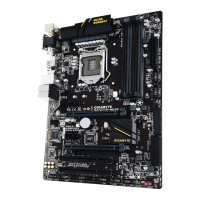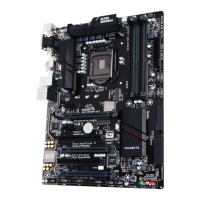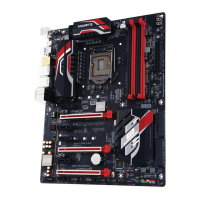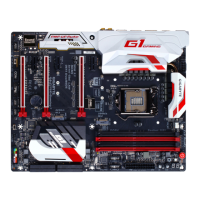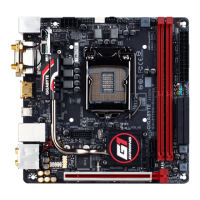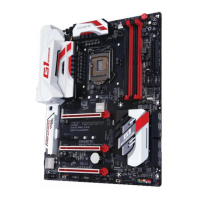- 50 -
Load Profiles
If your system becomes unstable and you have loaded the BIOS default settings, you can
use this function to load the BIOS settings from a
profile created before, without the hassles of
reconfiguring the BIOS settings. First select the
profile you wish to load and then press
<Enter> to complete. You can select Select File in
HDD/FDD/USB to input the profile previously created
from your storage device or load the profile
automatically created by the BIOS, such as reverting the BIOS settings to the
last settings that worked properly (last known good record).
3-1 Configuring a RAID Set
RAID Levels
Minimum
Number of
Hard
Drives
Number of hard
drives * Size of
the smallest drive
Size of the
smallest drive
(Number of
hard drives
-1)
*
Size
of
the
smallest drive
(Number of
hard drives/2)
*
Size
of
the
smalles
t drive
Before you begin, please prepare the following items:
• At least two SATA hard drives or M.2 SSDs
(Note 1)
(to ensure optimal performance, it is recommended that you
use two hard drives with identical model and
capacity).
(Note 2)
• Windows setup disk.
• Motherboard driver disk.
• A USB thumb drive.
Configuring the Onboard SATA Controller
A. Installing SATA hard drive(s) in your computer
Connect the SATA signal cables to SATA hard drives and the SATA ports on the
motherboard. Then connect the power connectors from your power
supply to the hard drives. Or install your
M.2 SSD(s) in the M.2 connector(s) on the
motherboard.

